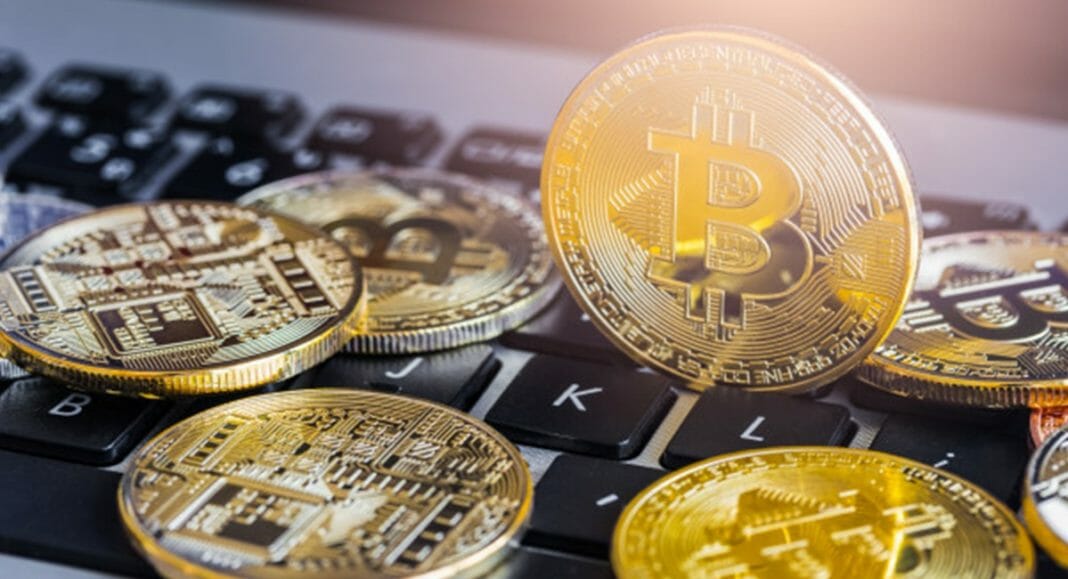Putting money into value investments like gold, real estate, stocks, and cryptocurrencies helps curb inflation.
As cash loses purchasing power over time, holding cash causes people to lose their savings. This has led people to put their money into value investments like gold, real estate, stocks, and now, crypto. There has been a question in town ever since Will Bitcoin protect against inflation?
To become a store of value, an asset must be able to maintain its purchasing power over time. In other words, it should increase in value or at least remain stable. The key properties associated with such assets are scarcity, accessibility, and durability.
An asset intrinsically associated with a system that asset holders cannot affect is not reliable coverage, as centralized authority exerts one-button control over procedures.
Ways to Find Protection against Inflation: Gold, Real Estate, and Stocks
With inflation considered a given in fiat-based economies, gold, stocks, and real estate have long provided a reprieve for investors who are always afraid of losing value. It would be fair to say that these commodities have always had their limitations as a hedge.
Lately, however, bullion, or commodities like gold and silver, have proven less reliable over short investment horizons. In 2021, bullion steadily lost ground. Real estate has low liquidity and higher transaction costs and requires ongoing management and maintenance. Stocks, require investors to have sophisticated financial skills and most ordinary people lack the skills to be efficient stock managers.
Bitcoin as an Inflation Hedge: Limited Supply and Decentralization
Bitcoin appears to be an effective hedge against inflation, thanks to limited supply and decentralization. These factors bring scarcity and resilience power.
The supply of Bitcoin (BTC) has been algorithmically capped at 21 million coins. By the end of 2021, 18.77 million BTC have already entered circulation. In other words, 83% of the Bitcoin that could exist was mined within 12 years of the cryptocurrency’s inception.
Preset limits on Bitcoin in circulation mean there is no oversupply, which keeps inflation in check. Additionally, the annual mining rate of the digital currency drops by 50% approximately every four years. Taking into account the current supply schedule, Bitcoin’s annual production rate will be roughly half that of gold and will continue to decline, making it scarcer than the metal and increasing in value.
The decentralized structure of Bitcoin takes it out of the control of a centralized authority. With thousands of nodes running around the world, the network is optimally resistant to outside attacks that might be trying to alter its monetary policy, potentially jeopardizing the inherent scarcity of the digital currency. When it comes to levels of decentralization, no other currency even comes close to Bitcoin.
Anyone can run a Bitcoin node, check transaction history, and broadcast transactions over the network. Extensive decentralization means that people cannot spend cryptocurrencies twice. It also helped distribute coins and helped Bitcoin survive numerous challenges. It has helped Bitcoin avoid centralized control of information. In addition, it allows all coin holders to participate in decision-making.
In conclusion, Bitcoin performs surprisingly well against inflation and outperforms it by a large margin, although you have to be careful about extraneous factors like the regulatory environment. Statistics reveal that the odds are much better while storing value in Bitcoin than in assets like gold, real estate, stocks, and others.
Underlying strengths such as limited supply and decentralization prop Bitcoin into a unique position as an asset that can keep inflation at bay.
By Audy Castaneda











